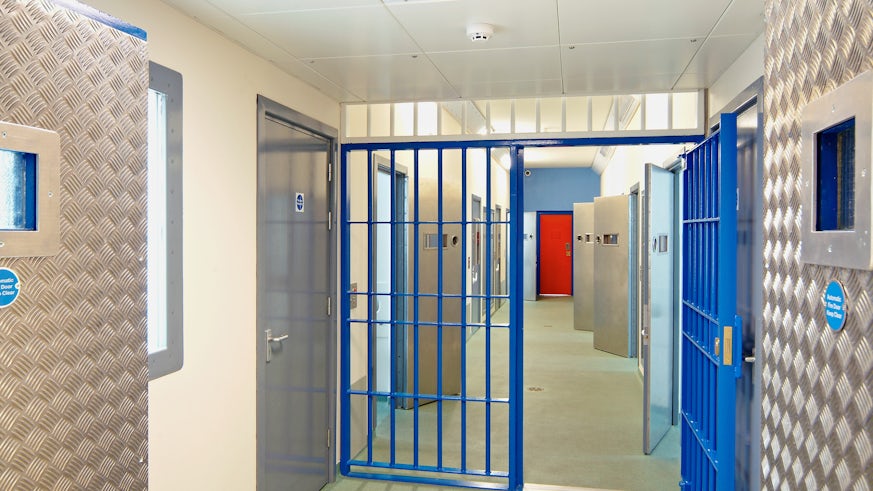Report sheds light on prison system in Wales
5 June 2018

Cardiff University’s Wales Governance Centre has today (Tuesday 5 June) published 'Imprisonment in Wales: A Factfile', a set of Wales-specific data examining the prison system.
For the first time, this report gathers a range of data to reveal the performance of prisons in Wales, the status of all prisoners from Wales and where they are being held.
Much of the information was generated through Freedom of Information requests, before being analysed and presented as a single resource.
There are five male prisons in Wales that each hold a mixture of convicted, unconvicted, sentenced and unsentenced prisoners. Prison capacity has steadily increased since 2010. The prison population in Wales was 4,291 at the end of April 2018.
Key findings from the report include:
- Prisons in Wales are performing less well than prisons in England on a range of safety measures. The number of recorded self-harm incidents and prison assaults in Wales has increased at a higher rate than prisons in England since 2010.
- There were more prison disturbances at HMP Parc in 2016 and 2017 than at any other prison in England and Wales.
- Despite an increase in prison capacity in Wales, 39% of all Welsh prisoners were being held in English prisons in 2017. In a large number of cases, Welsh prisoners are placed in establishments far away from home; Welsh prisoners were held in 108 different prisons in 2017.
- The number of Welsh women handed immediate custodial sentences has increased by almost a fifth since 2011. The majority of Welsh women sentenced to immediate custody have been convicted of non-violent offences. Three quarters of all Welsh women receiving immediate custodial sentences in 2016 were given sentences of less than 6 months; this rate is higher than the England and Wales total.
- The number of Welsh children in custody has fallen by 72% since 2010. 45% of all Welsh children in custody were being held in establishments in England during 2017. The distances facing children in prison have been shown to reduce the number of family visits, hinder ‘through the gate’ support services, and increase the sense of alienation and isolation that children experience in prison.
The report’s author, Dr Robert Jones of the Wales Governance Centre, said: “The aim of this report is to make Wales-only imprisonment data accessible to a wide audience for the first time.
“With a particular focus upon prison safety, it provides the most up-to-date information on a range of challenges facing prisons in Wales and also Welsh prisoners being held in England. Above all, Imprisonment in Wales offers a statistical overview of the prisons system at a time when both Welsh and UK Governments are working to improve justice policy in the country.
“This comprehensive overview could only be generated at considerable effort, including through using the Freedom of Information Act. More regular and transparent Welsh data will be required if the public and politicians are to be able to better scrutinise how well the system is working.”
Share this story
Undertaking innovative research into all aspects of the law, politics, government and political economy of Wales, as well the wider UK and European contexts of territorial governance.




